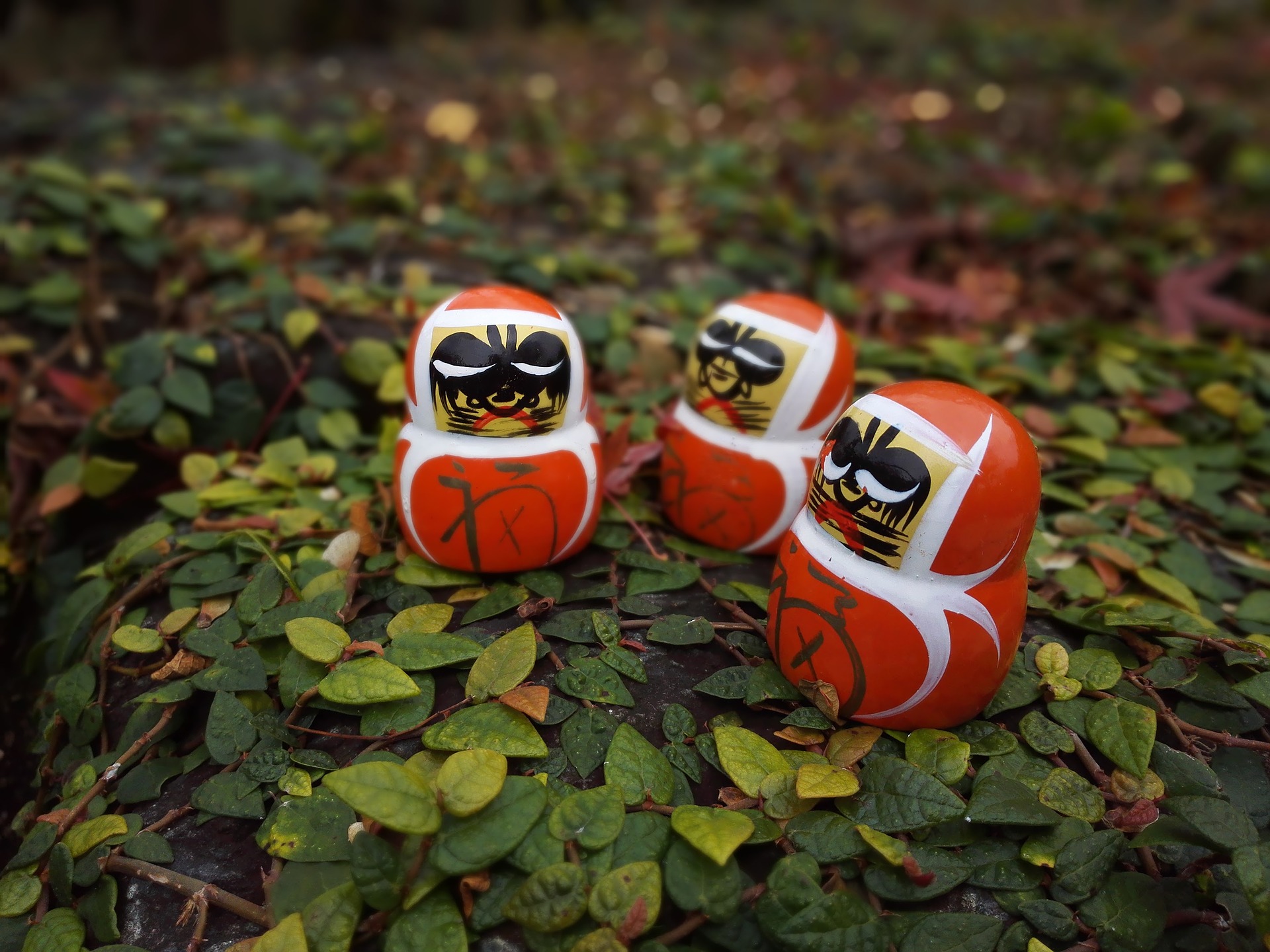How To Stop Procrastinating
What is Procrastination? Procrastination means putting off doing something. Sometimes that is what we do, even when we KNOW we HAVE to get something done, whether it’s pay a bill, take exercise, prepare a long report, decorate a room, apply for a grant or return something bought online that doesn’t fit! We all do it. […]

